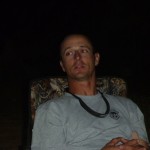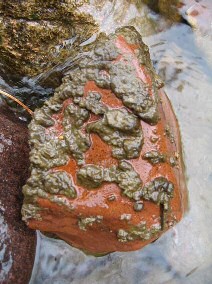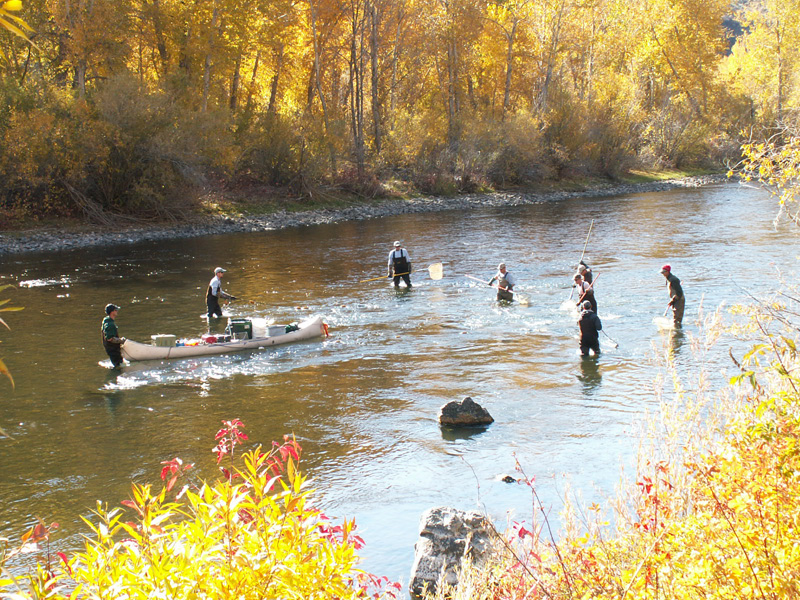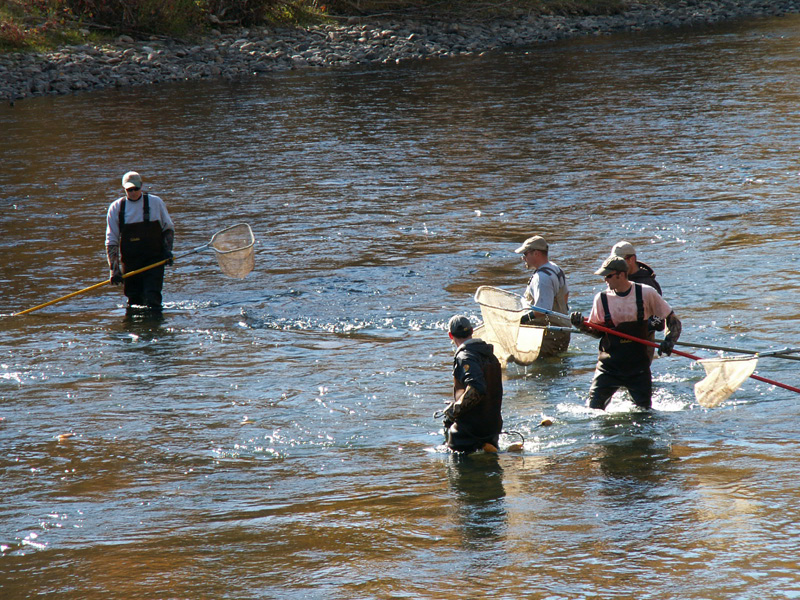The 3rd Annual Fly Casting Tournament is set for May 11, 2013, at Eagle Island State Park.
The cause remains the same: conservation of the South Fork Boise River wild trout fishery.
A day of competition and camaraderie begets conservation. Sponsored by the Ted Trueblood Chapter of Trout Unlimited, the Fly Casting Tournament attracts more than 100 participants plus an equal number of judges and spectators. All are there for the cause of the South Fork Boise River fishery. You can join in the event through participating on a team or as a spectator. Check out the Tournament webpage here.
Just as this website tries to demonstrate the number of different agencies and groups involved in the South Fork Boise River, the Fly Casting Tournament is also a showcase of cooperation. Some examples:
 The Boise Valley Fly Fishers has become over three years the single largest financial contributor to the Fly Casting Tournament, and therefore to the South Fork Boise, by being a Gold Sponsor and fielding several fly fishing teams.
The Boise Valley Fly Fishers has become over three years the single largest financial contributor to the Fly Casting Tournament, and therefore to the South Fork Boise, by being a Gold Sponsor and fielding several fly fishing teams.
Last year BVFF fielded a Gold team including notables like Marty Downey, Tom Labreque, Craig Estell and Gino White. The club also put two teams in the Silver division.
As the longest continuing fly fishing club in the Boise area the BVFF have time and again stepped up for the South Fork Boise River. And their presence at the Fly Casting Tournament is evident.
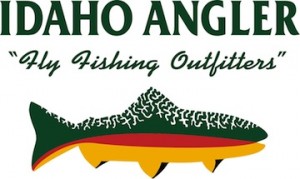 A stand out contributor to the event is Idaho Angler. In their third year as a Gold Sponsor the fly shop has helped provide cash donations, prize winnings as well as great connections for putting together teams.
A stand out contributor to the event is Idaho Angler. In their third year as a Gold Sponsor the fly shop has helped provide cash donations, prize winnings as well as great connections for putting together teams.
Shop owner Rick Williams helped with the original course design in 2011.
With the 20-year anniversary of the store being celebrated on May 4, the week prior to the Fly Casting Tournament, it’s a good time to reflect how this business has become an establishment specialty shop with professional staff who know the South Fork Boise River.
 Not to be surpassed is the support from Anglers fly shop and owner John Wolter.
Not to be surpassed is the support from Anglers fly shop and owner John Wolter.
John has great customer connections which brought more fly casting teams to the tournament than any one else, and Anglers provides Gold Sponsor support with financial and merchandise contributions. John has established credibility not only with the Anglers shop but also with informed insight how to fish the South Fork Boise River during the summer. We’re not going into details here so you will have to ask him yourself.
The success of the first Fly Casting Tournament in 2011 contributed the funds that made possible the completion of the Pierce Creek reconnection to the South Fork of the Boise River. A culvert is gone, a new steel bridge crosses Pierce Creek and wild trout have access to tributary spawning habitat.
The 2nd Annual Fly Casting Tournament in 2012 kick-started the focus on flow management of the South Fork Boise River and in late summer 2012 the first assessment was made of the effects on juvenile trout and on the macroinvertebrate community when the river flows are decreased. Results from this work will be released this summer.
Work will continue in 2013 and following years to assess river flows on fish stranding with the goal of finding a flow management that can improve the fishery. The 3rd Annual Fly Casting Tournament will be a critical piece to funding the conservation work on the South Fork Boise River.

